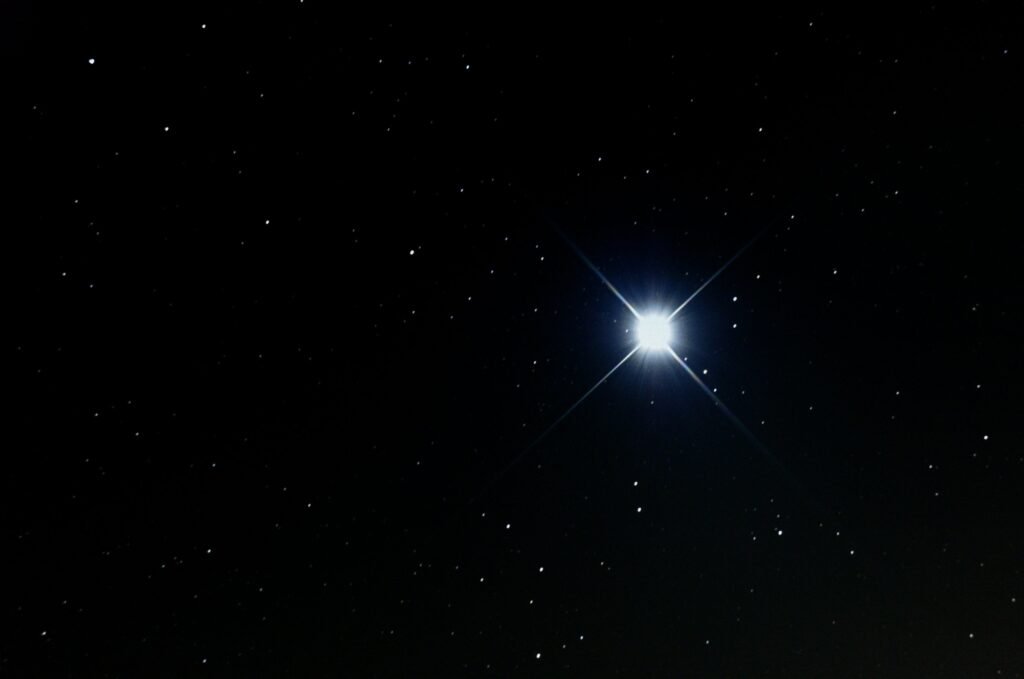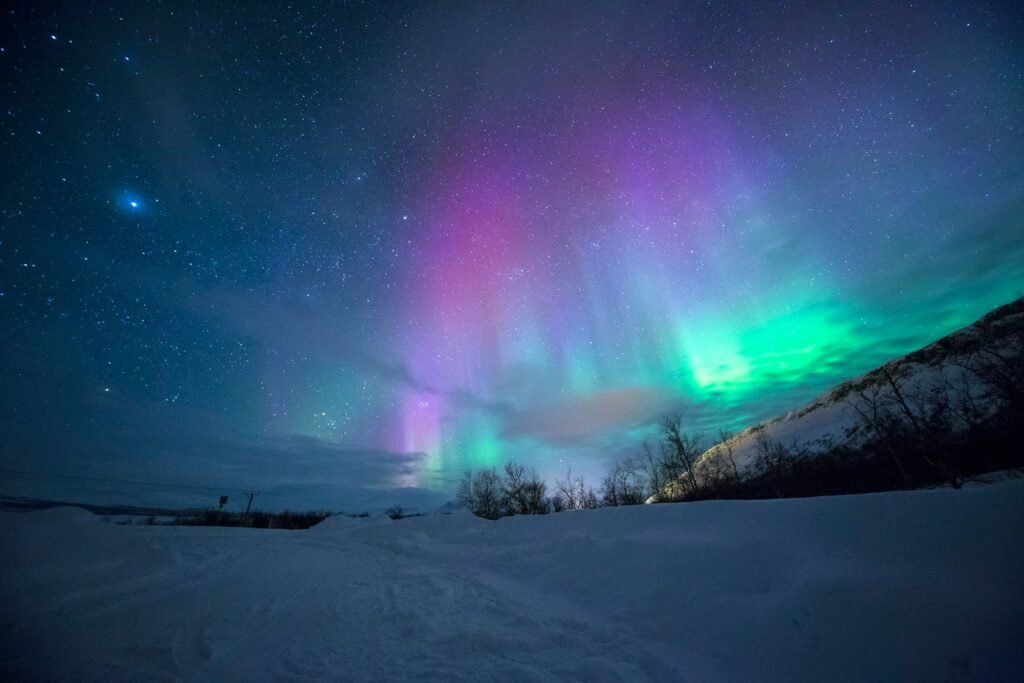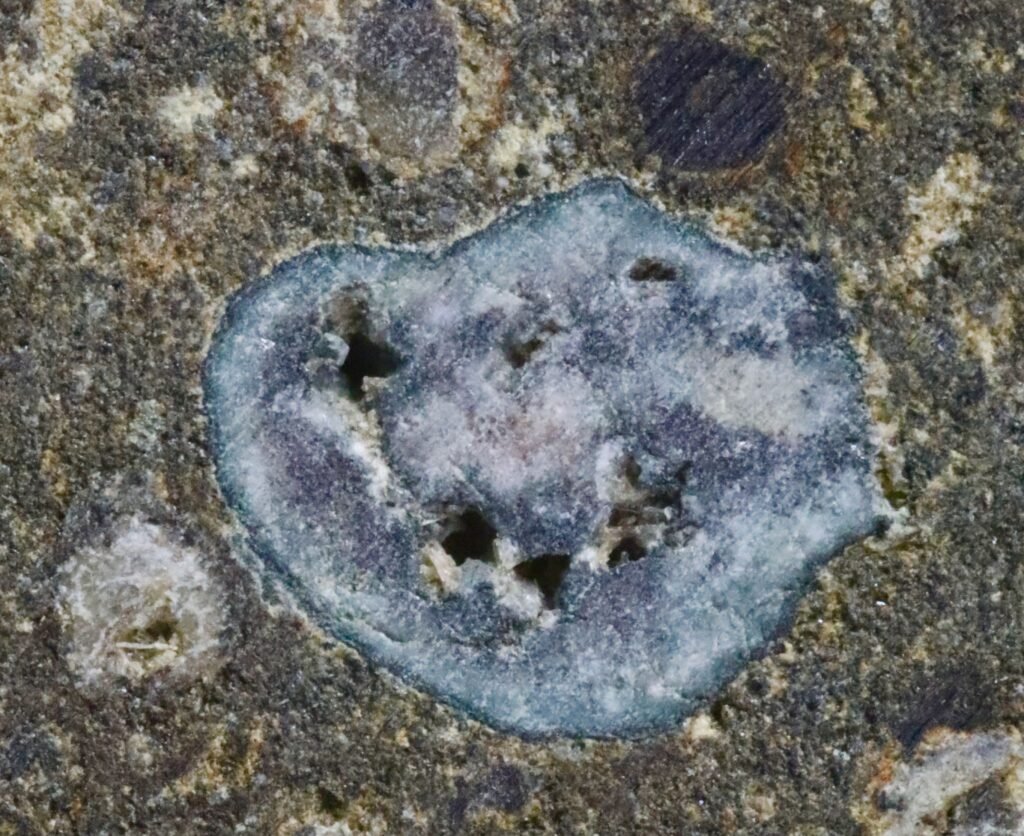Why These 10 Fictional Scientists Still Inspire Real-World Researchers Today
Have you ever wondered why a character from a book or movie can change the way we look at science forever? It’s almost magical—how the wild ideas of a fictional scientist can ignite curiosity in the minds of real researchers. These characters are much more than words on a page or faces on a screen. ...













